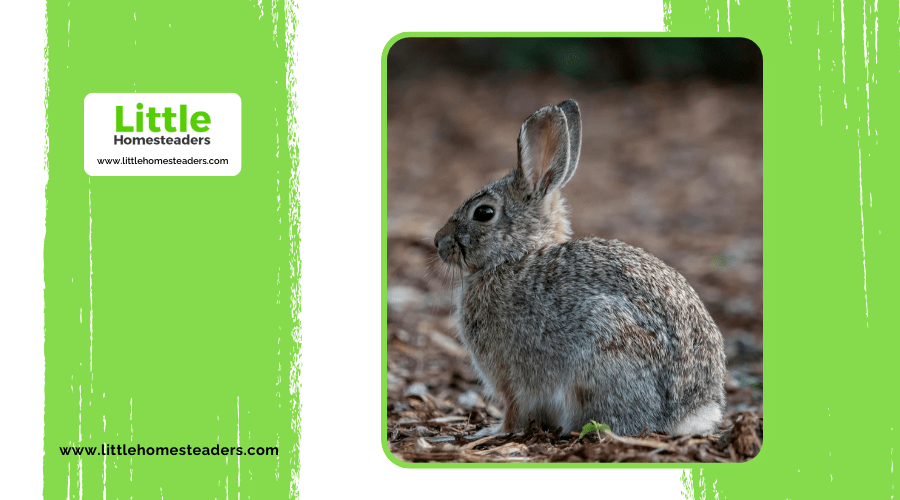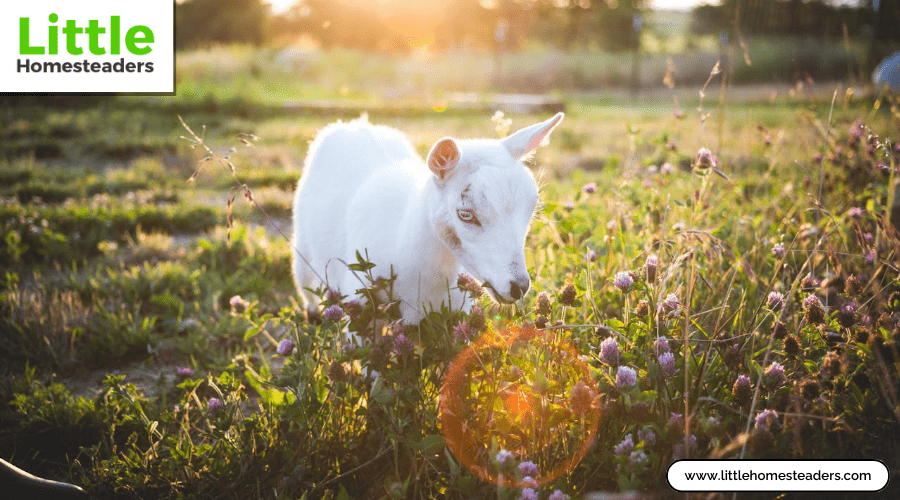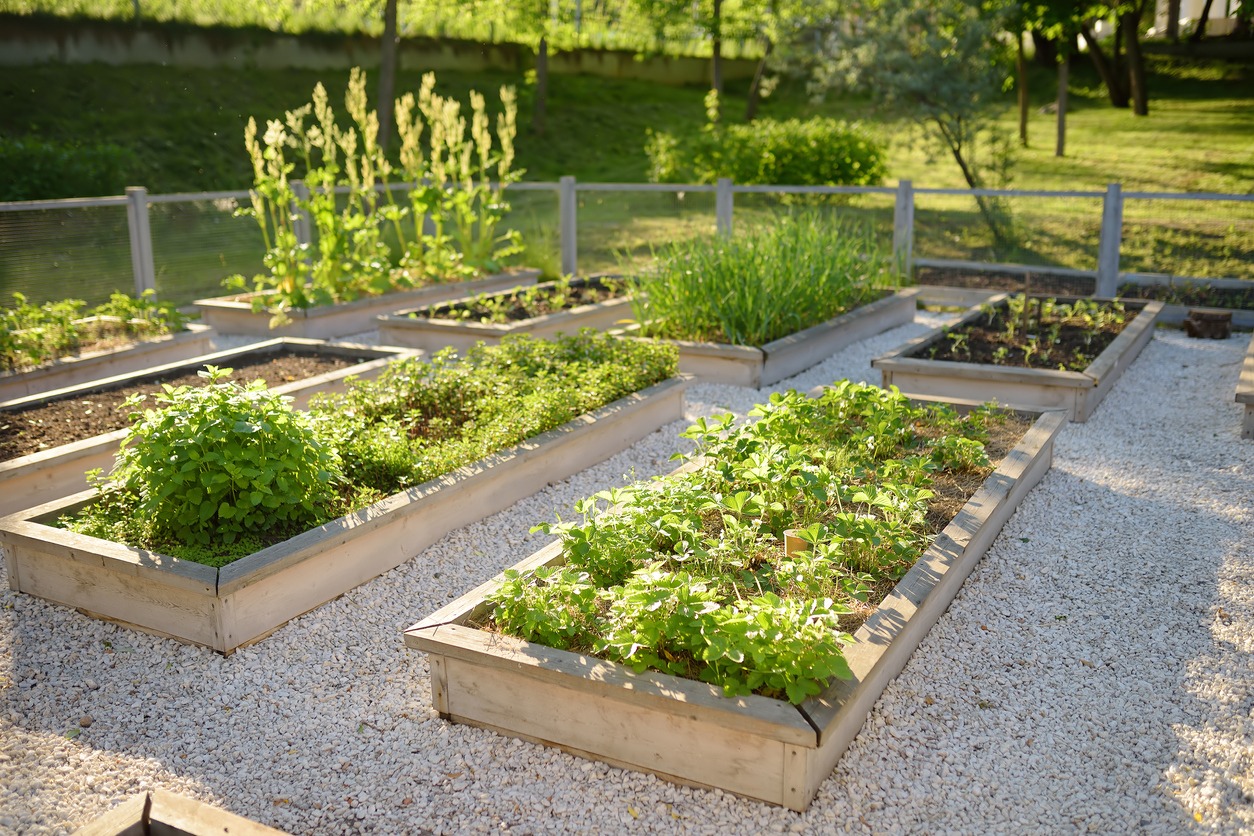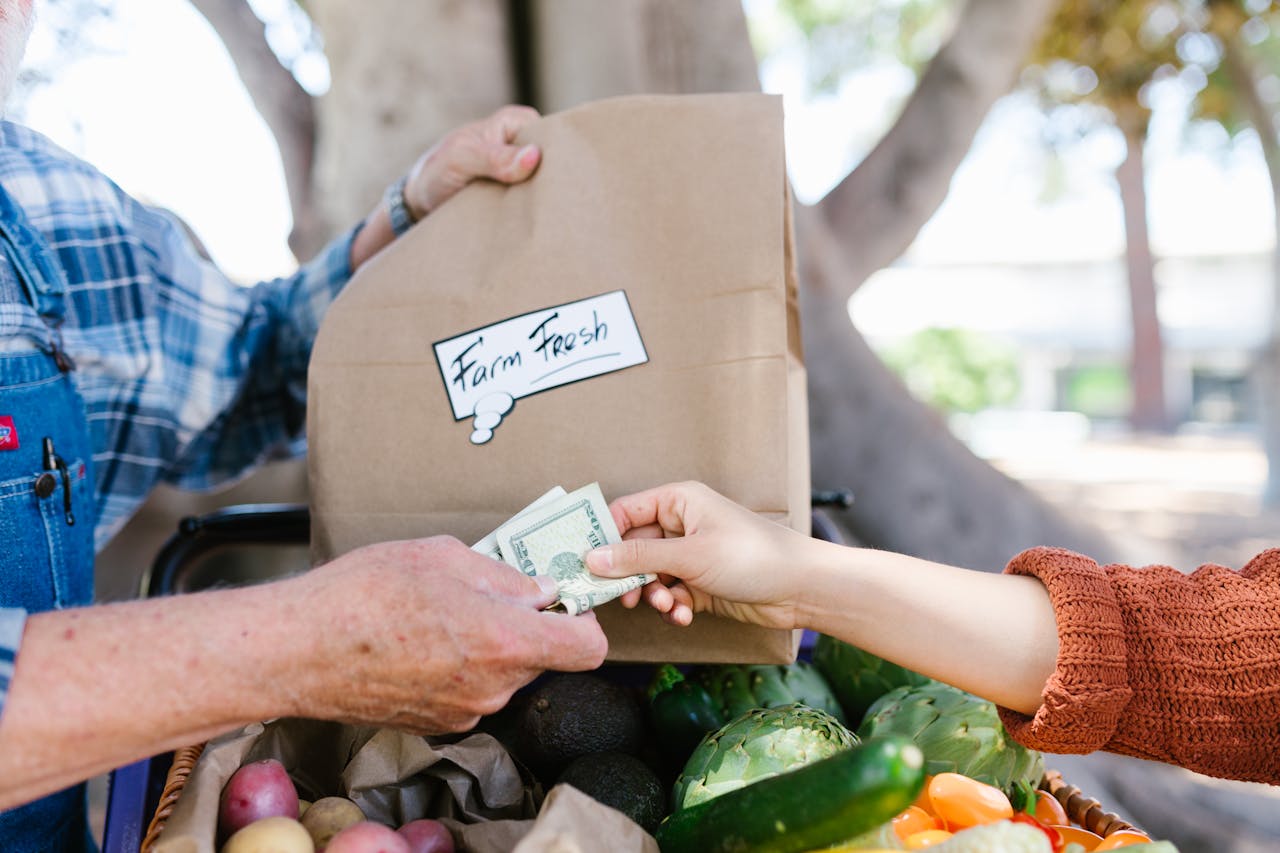What Is Involved in Modern Homesteading?
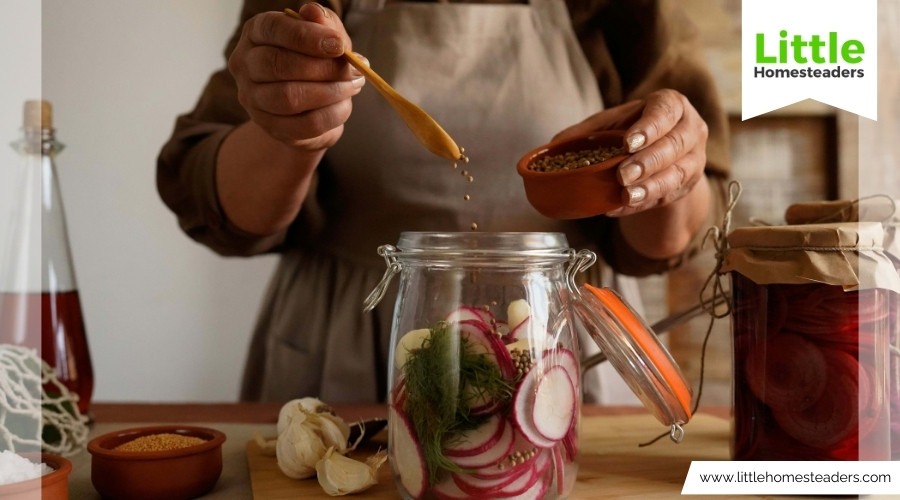
Modern homesteading is all about embracing a lifestyle where you produce more and consume less. It's about learning to rely on yourself for the things you need while staying connected to the land and your community. Whether you live on a big farm, in the suburbs, or even in the middle of the city, modern homesteading is flexible enough to fit your life. The essence of homesteading lies in intentional living—reducing reliance on external systems and creating a fulfilling, sustainable existence.
Defining Modern Homesteading
At its heart, modern homesteading means taking control of how you live. It's not about giving up modern conveniences entirely; it's about using them wisely to create a more sustainable and intentional life. Homesteaders grow their own food, preserve their harvests, and learn practical skills to meet their needs.
The beauty of modern homesteading is that it can look different for everyone. Maybe you plant a few vegetables in your backyard or start composting kitchen scraps. Or perhaps you dive in deeper by raising chickens, harvesting rainwater, or even installing solar panels. For urban dwellers, homesteading might involve creating a vertical garden on a balcony or joining a community gardening program. For rural homesteaders, it could mean managing a small-scale farm. It's not about doing everything perfectly; it's about making small, meaningful changes that add up over time.
Modern homesteading also challenges the idea that self-reliance means isolation. Community is a critical part of this lifestyle, offering support and shared knowledge to help you succeed. Whether through local groups or online forums, homesteaders often thrive by learning and collaborating with others.
Essential Skills and Practices
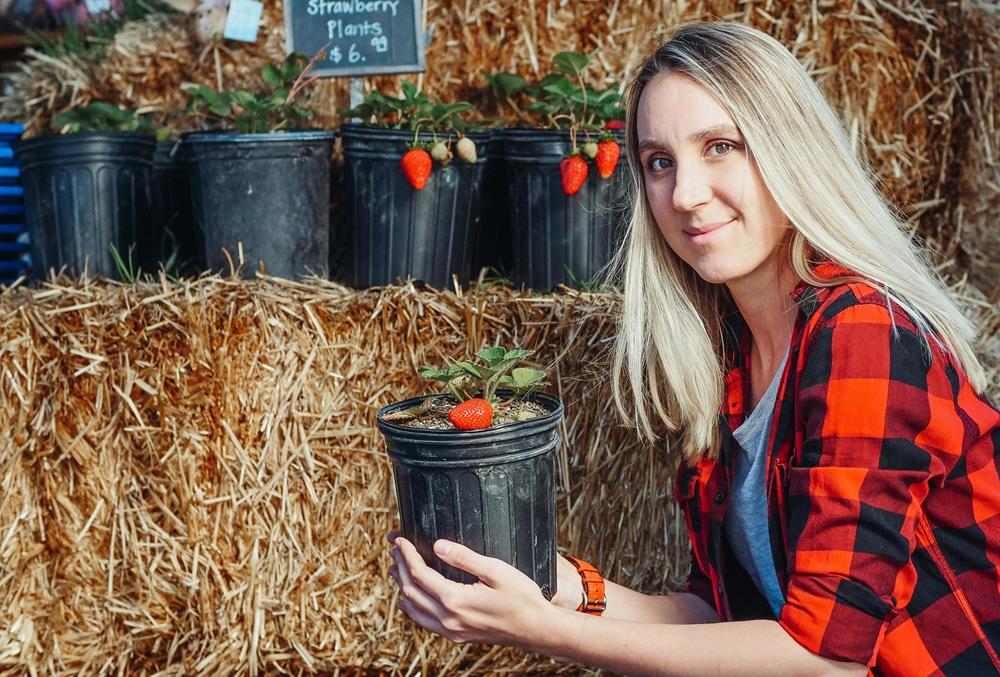
If you're new to homesteading, it can feel overwhelming. But you don't have to master everything at once. Start with a few basics, and add more skills as you go. Here are some key areas to focus on:
- Growing Your Own Food A garden is the foundation of many homesteads. Start small with easy-to-grow plants like tomatoes, lettuce, or herbs. If you don't have a yard, containers or vertical gardening can work just as well. As you grow more confident, you can expand to include fruit trees, berry bushes, or a small greenhouse. The goal is to grow food that you can enjoy fresh and maybe even preserve for later.
- Raising Animals If you have space, consider adding chickens for eggs or goats for milk. Even keeping bees for honey can be a great way to produce something unique. Taking care of animals is a commitment, but it can be incredibly rewarding. For smaller spaces, consider quail or rabbits, which require less room than larger livestock.
- Preserving Your Harvest Learning to preserve your food is a game-changer. Simple techniques like canning, freezing, or drying can help you enjoy your garden's bounty all year long. Fermentation is another excellent method to create nutritious, probiotic-rich foods like sauerkraut or pickles. Start with basic recipes, and experiment as you gain confidence.
- DIY and Repairs Homesteading often involves fixing things yourself. Basic carpentry, sewing, or even learning to sharpen your tools can save money and make you more self-reliant. You can also repurpose old materials into useful items, reducing waste and costs.
- Using Natural Remedies Growing herbs like mint, chamomile, or lavender lets you create teas, balms, and other remedies. These small steps can reduce your reliance on store-bought medicines for minor ailments. Learning about medicinal plants native to your area can also enhance your connection to local ecosystems.
- Renewable Energy Installing solar panels or setting up a small wind turbine isn't feasible for everyone, but even small changes help. Solar-powered lights, a portable solar charger, or even a solar oven are great starting points. Over time, you might explore more significant renewable energy solutions.
- Water Conservation Collecting rainwater or reusing greywater is easier than you might think. These methods can save money and resources while keeping your garden lush. Drip irrigation systems or soaker hoses are additional ways to conserve water effectively.
Each skill builds on the others, creating a more sustainable and independent way of living. Homesteading is as much about the process of learning as it is about the results.
Sustainable Living Techniques
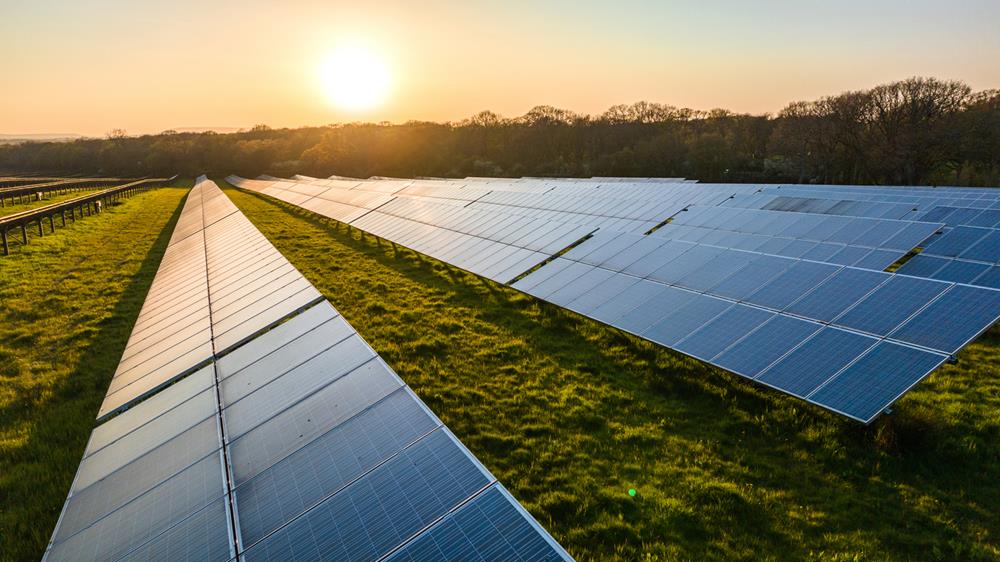
Sustainability is the heart of homesteading. It's about living in a way that respects nature while meeting your needs. Here's how you can start:
- Renewable Energy Solar panels and wind turbines are great, but they aren't the only options. Think smaller—solar water heaters or even a few solar-powered garden lights make a difference. Over time, these small steps can add up to a significant reduction in energy reliance.
- Gardening Naturally Skip the chemicals and focus on building healthy soil. Use compost, plant cover crops, and try companion planting to create a thriving garden. Not only is this better for the environment, but it also produces healthier food. Incorporating pollinator-friendly plants can support local bees and butterflies, further enriching your ecosystem.
- Managing Waste Composting is a fantastic way to turn food scraps and yard waste into nutrient-rich soil. If you're ready for a challenge, consider a composting toilet or natural wastewater treatment system to reduce even more waste. Recycling and upcycling can also play a significant role in minimizing what you send to the landfill.
- Energy Efficiency Simple changes can lower your energy use. Insulate your home, switch to LED bulbs, and unplug devices when not in use. These habits are easy to adopt and make a big impact over time. Passive solar design, which involves optimizing your home's layout to take advantage of sunlight, is another excellent strategy.
Sustainability doesn't have to mean big investments or drastic changes. Small, consistent efforts create long-term benefits for you and the planet.
Community and Resource Sharing
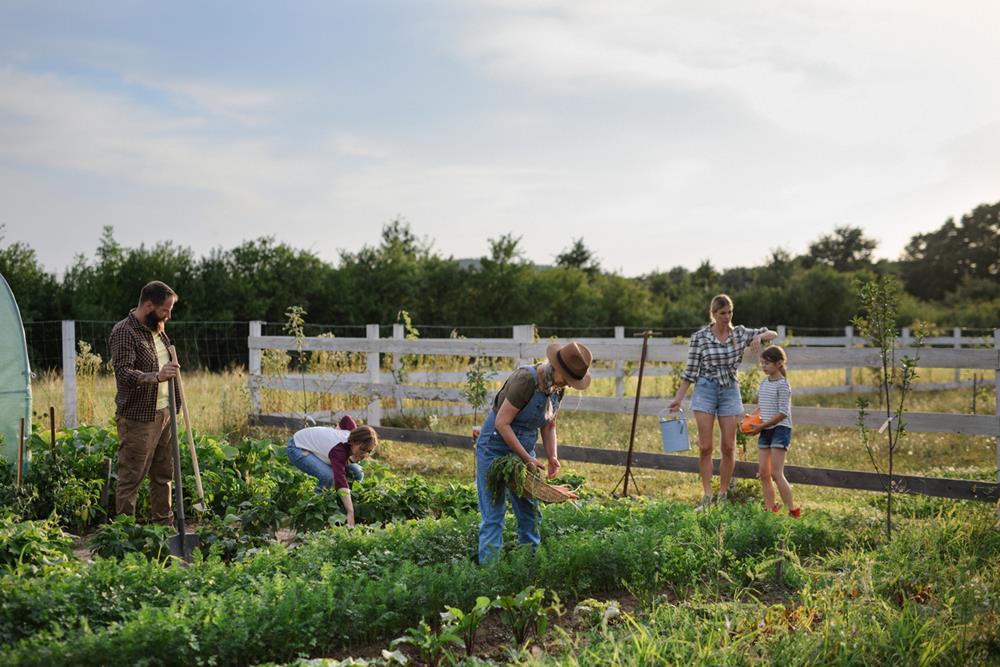
Homesteading isn't about isolating yourself. In fact, connecting with others makes the journey more enjoyable and successful. Here's why community matters:
- Sharing Resources Join a local tool library or start a swap group with neighbors. Sharing equipment, seeds, or even skills helps everyone save money and reduces waste. Community seed banks or seed swaps can be particularly beneficial for gardeners.
- Cooperative Buying Bulk buying groups let you purchase items like animal feed, canning supplies, or seeds at a lower cost. Plus, it's a great way to meet other homesteaders and build relationships.
- Community Projects Shared gardens, composting programs, or even neighborhood solar panels benefit everyone involved. Working together builds stronger ties and helps spread sustainable practices.
- Online Connections Social media and forums are treasure troves of information. Whether you're troubleshooting a garden pest or looking for canning tips, there's a community out there to help. Online platforms also provide opportunities to share your successes and learn from others.
Homesteading is personal, but it's also about being part of something bigger. The more you connect with others, the richer your experience becomes.
Balancing Tradition With Technology
Homesteading doesn't mean turning your back on modern life. Instead, it's about blending the old with the new in a way that works for you.
- Using Technology Wisely Tools like gardening apps, online tutorials, or weather trackers can make homesteading easier. Just remember to use technology as a helper, not a crutch. Smart irrigation systems or digital compost monitors are practical examples of technology enhancing efficiency.
- Keeping Traditions Alive Baking bread, making soap, or spinning yarn connects you to past generations. These activities can also be incredibly calming and rewarding. Passing these skills to younger generations ensures they remain alive and valued.
- Finding Balance It's not about doing everything the hard way or relying entirely on gadgets. Pick and choose what works for your homestead. The goal is to make life more meaningful, not more complicated.
Challenges and Rewards of Modern Homesteading
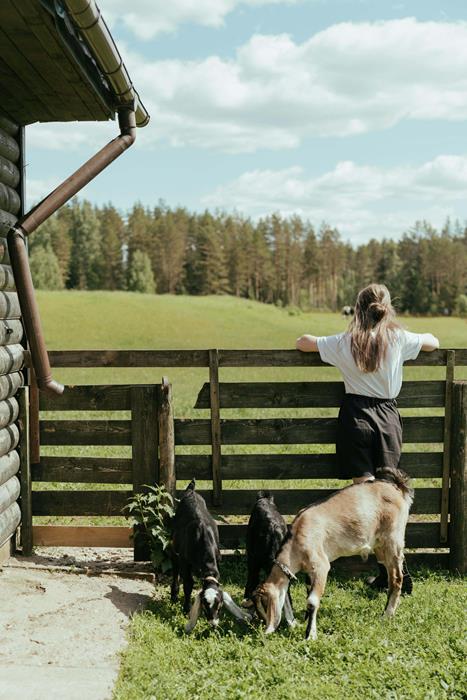
Homesteading isn't always easy. It takes time, effort, and patience to learn new skills and adapt to a different way of living. There will be challenges, like dealing with pests in your garden, managing time alongside a busy job, or finding space for your projects.
However, the rewards far outweigh the difficulties. Growing your own food, reducing your ecological footprint, and connecting deeply with nature offer a profound sense of accomplishment. Homesteading fosters resilience, creativity, and a sense of community. It's a lifestyle that nourishes not just your body but also your spirit. Many homesteaders also report improved mental health, finding joy in the simplicity and mindfulness of their daily routines.
Conclusion
Modern homesteading is about making deliberate choices to live a more sustainable and fulfilling life. Whether you start with a single potted herb or dive into raising chickens, every step you take brings you closer to a life that's in tune with nature and your values. The journey is deeply personal, but it's also one that connects you to a larger movement of people striving for a better way to live. So take that first step, no matter how small, and see where it leads. Homesteading is not just a lifestyle—it's a journey toward a more intentional and connected way of being.

